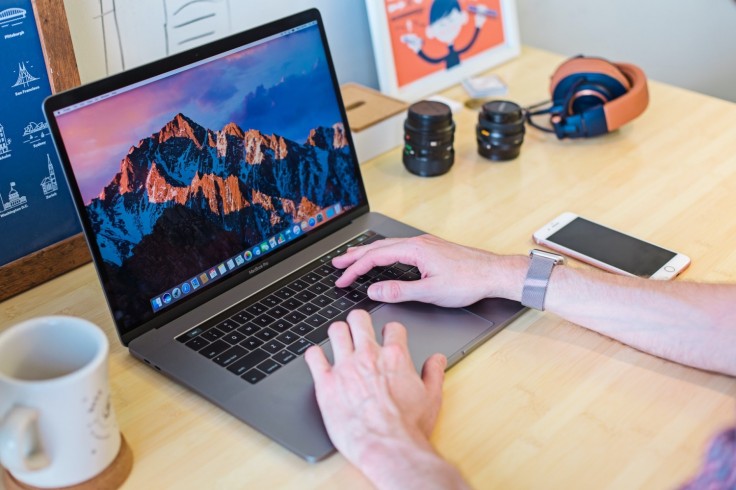
Apple is well known for having a secure operating system across all of its devices. Be it iOS, iPadOS, macOS, the company has a good reputation for security. However, nothing is impenetrable and even Apple's operating systems can have vulnerabilities that can be abused by hackers.
Here are a few ways you can protect you and your Mac from ransomware attacks.
What Is Ransomware?
Ransomware takes your computer and the data stored in its as hostage, How to Geek explained. For a safe return of your device and all the information in it, ransom is demanded. Earlier forms of ransomware would restrict access to your computer entirely, but the more common approach is to encrypt the data with a key that you don't know.
Payment could be through cash sent by wire services like PayPal and gift card codes like Xbox gift cards. Some hackers would demand cryptocurrency as it is anonymous and almost untraceable.
Even with the successful transfer of the ransom, the return of your device and all its contents are not guaranteed, How To Geek said. According to AVG, ransomware is said to have cost the world $6 trillion in damages annually.

Read also: iPhone Facing Hacking Threat With Major Security Risk: Update Now to Prevent Data Breach!
How to Protect Mac form Ransomware Attacks
5. Keep your Mac updated
Apple rolls out new macOS to keep its security up to date. Outdated software can leave your computer vulnerable, exposing it to viruses and hackers. AVG said updates can make it harder for malware to look for vulnerabilities to exploit and abuse.
4. Watch what you install or click
Malicious software of any kind can easily enter your device if you interact with its advances. These could be opening file attachments suspicious e-mails from addresses you do not know, or clicking on any suspicious links sent to you from any messaging platform.
Most malware cannot be installed remotely and needs the help of the computer owner to get in. Do not open these suspicious links or files so as not to get infected.
3. Only install apps from the official website or Mac App Store
Similar to the point above, never install apps unless they are from a credible developer. Torrent software or software from an unsecure site can have ransomware laced with it.
How To Geek suggested using Apple's Gatekeeper function to identify which apps are from an identified developer. It is worth noting as well that there are a lot of legitimate apps that are unsigned due to budgetary constraints. If you trust the developer, you can use and MD5 hash to check the legitimacy of the file.
2. Perform backups often
Having backups of your data is always good, just in case anything does happen to your device. It is especially helpful to have it stored in an external disk so if your Mac does get hit with ransomware, those unattached backups are safe.
Once the ransomware is safely removed from the Mac, and a full scan shows nothing abnormal hiding, reconnect your backup drive to recover your files, said AVG.
1. Antivirus
Installing antivirus software is also helpful to keep malware like ransomware away from your Mac.
Should you find yourself being attacked by ransomware, do not panic. Do not, under any circumstances, pay the ransom. Run a Deep Scan of your device using the AVG App or your Antivirus software of choice and the antivirus should remove the ransomware if it is of a known variant. For the encrypted files, there is sadly little to be done to restore them unless you have made a backup of it.









